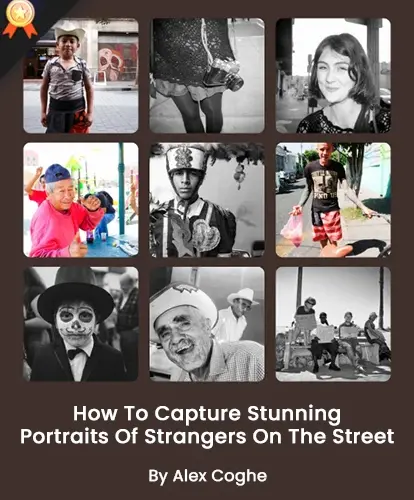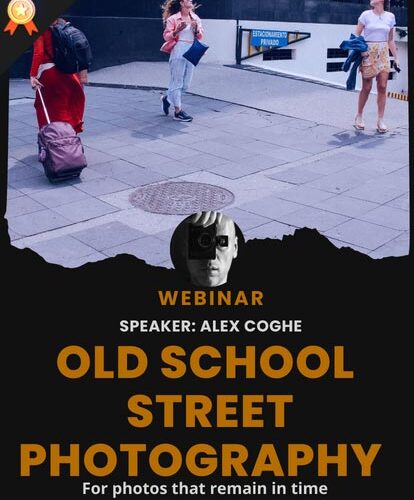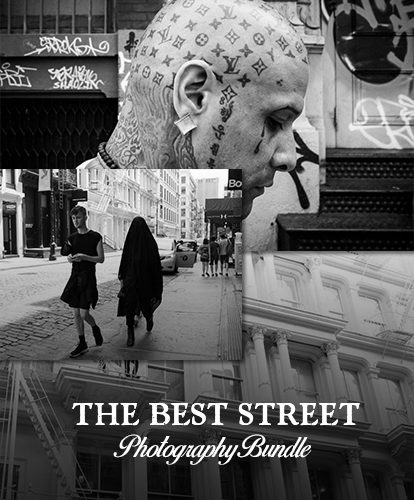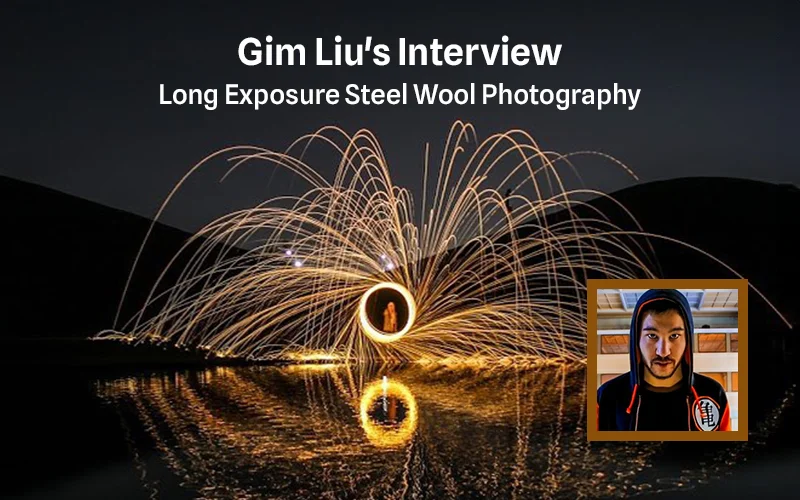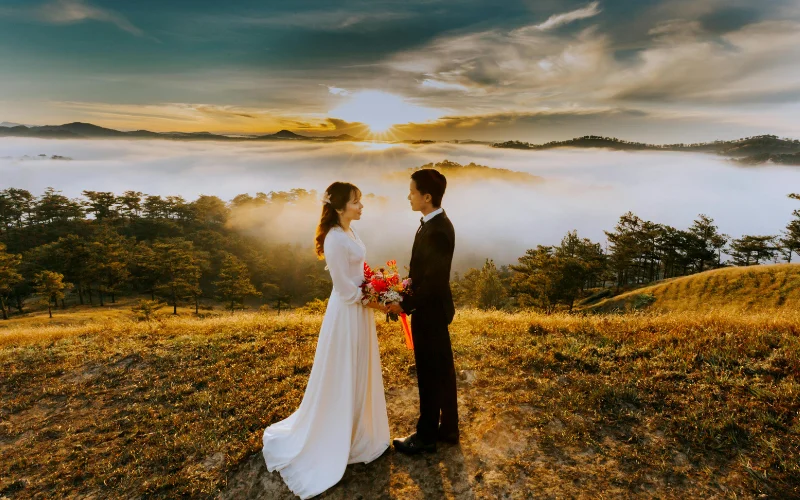
Los Angeles is an ugly city. There’s no getting around that. From 6th St. downtown to Sunset Boulevard’s trail to the ocean, you’ll see people, highways, sidewalks, and buildings, all ready to give in. Millions of people live here and, to each, millions of stories. But not all stories are good. Not all people are nice. It takes a special person to want to walk LA’s rough streets for the chance at making a photograph. But street photographers don’t care. They like being alone. They enjoy getting in the mess. They’re the closest things we’ve got to Bolaño’s idea of savage detectives.
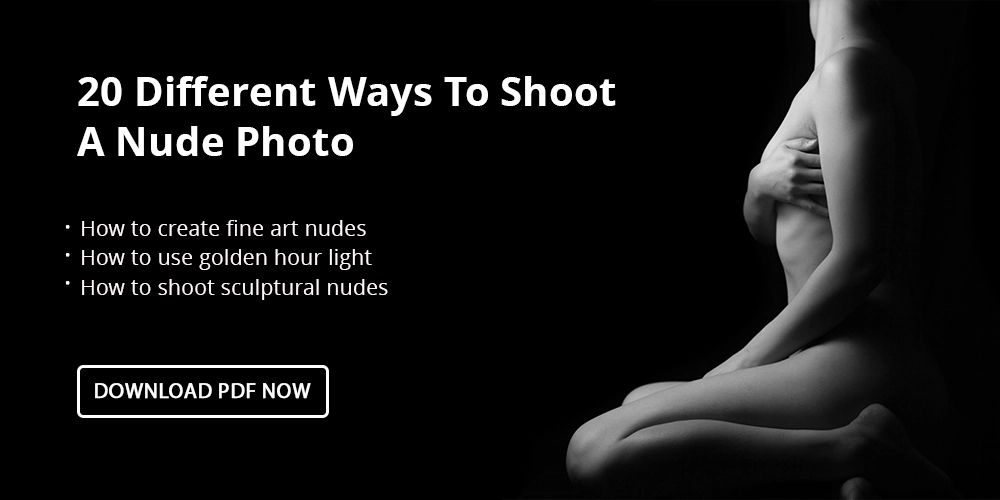
Real street photography smells like the streets, to paraphrase Bruce Gilden. Nothing between you and the shit around you. And I know it’s silly to write it out, but if you’re ever had a camera around your neck and walked, really walked, then you’ll know what I mean. A great street photograph will make you stop. It’ll get hold of you. It’ll show you that true beauty is damn near impossible to hide. That even in this ugly city, there are people, stories, and moments that need to be shared.
Only a few photographers have this ability to see and then capture what happens on the street. LA street/doc photographer Shawn Nee is one of them. Besides being named by Complex as one of the 50 best street photographers alive — Shawn Nee has been arrested by LAPD for shooting the streets –, Shawn has also been featured by NPR, the Los Angeles Times, PBS, and F8 magazine. A creator who refuses to be bound Shawn loves to get down and dirty in the streets to capture reality.
In this interview, Shawn talks about how difficult his start in photography was, explains the approach Shawn took to capture street photographs and praises the virtues of getting out of your house and making photos happen.
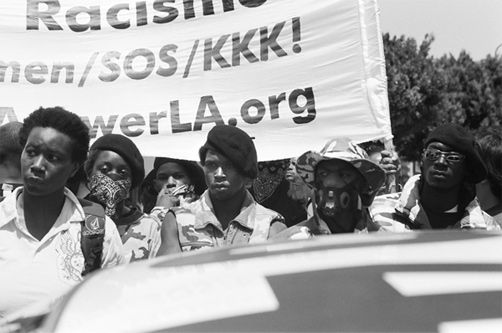
You’re a Los Angeles documentary/street photographer. How did you get your start? How would you describe your work?
Like many people, a family member gave me an old film camera when I was in my late teens/early 20s. It was a Canon AT-1 and it took me a long time to figure out how to use the thing. I was actually terrible at photography for many years, so I would put the camera away and forget about it. Sometime later, I would pull the camera back out, try it again, and then put it away because I just wasn’t that good. This cycle went on for many years. In 2001, I moved to Hollywood and there was a lot going on in my neighborhood, so I gave photography another try and started photographing abandoned shopping carts, which is something that put me in contact with Hollywood’s marginalized community. At that time, these were just people I would see on the street, talk to, and help them out on occasion. It never dawned on me, that years later, I would photograph the majority of these people and become really good friends with them. During this time, I also started reading more about photography and discovered the work of various photographers. Folks like Mary Ellen Mark and Eugene Richards really influenced me. I was just fascinated by what these people were doing and their work opened my eyes to issues I could be photographing in Hollywood.

At some point, my family visited LA and we all went to Vegas for a week. My grandmother gave each of us $1000 to gamble with, but I didn’t spend any of it. When I came back to Los Angeles, I decided to buy a used Canon EOS 1 and 24mm L-Series. I then went to the corner of Hollywood and Highland and started photographing Chris (Superman), Max (Batman), and Joe (Hulk). It was fun hanging out with these people and being outside in the city. It’s something I had never experienced before. After I got some rolls back from the lab and saw some decent images in there, I finally thought I could take a picture that someone else would appreciate. That’s pretty much it. After so many years of disappointment, it really was all just happenstance the way I figured out that documentary photography was something I liked and should pursue.
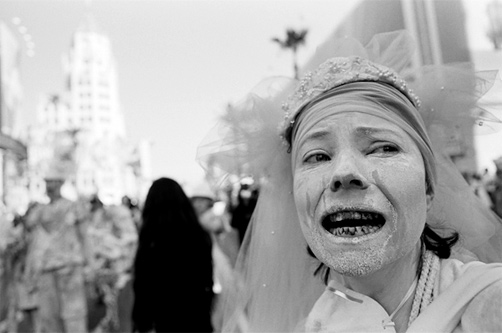
You tend to capture an agitated, conflicted Los Angeles in your street photographs. Do you agree? What is your usual approach to shooting street photographs?
I agree. There’s a lot conflict in my photos, which is probably representative of my own life. So I guess that it’s just translating into the work. The city’s also a rough place, and the people I tend to spend time with and photograph have really difficult lives. So that definitely plays a role, too. My approach to street photography is much different from documentary photography. When I shoot street, I just walk around the city with my camera, hoping to find something that’s worth photographing. I’m really focused on trying to capture a great image of city life because that’s the goal with shooting street. Otherwise, no one would want to look at the image. I’ll likely upset a lot of people by saying this, but to me, personally, street photography is a selfish act that’s driven by my ego, or in the case of other photographers— their egos. That’s the way I see it. I want to find some moment in the city, photograph it in a way that’s appealing, and have people like the photo. It’s that simple.
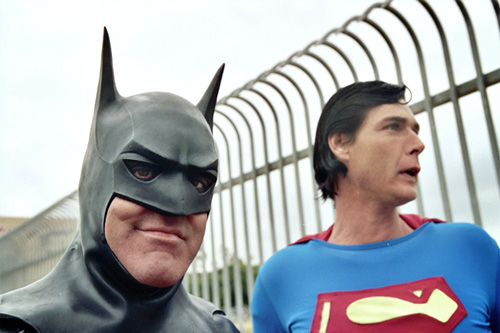
On the other hand, there is a lot of emotion and connection involving documentary photography and I’m much more devoted to this kind of relationship and experience. Spending weeks, months, or even years with people takes a lot of time and effort to produce a strong body of work. And it’s a process that I’ve always enjoyed more than shooting street. Also, for the past few years I’ve been less focused on taking pictures of these people and have actually come to appreciate just spending time with them, enjoying the relationship we’ve built. Sometimes I’ll spend days with one person and only take one or two photos; sometimes none. One guy, I’ll take fishing with me from time to time. So for me, it’s easy to say that the people I photograph are more my friends than anything else, and I just take pictures while we’re out doing whatever.
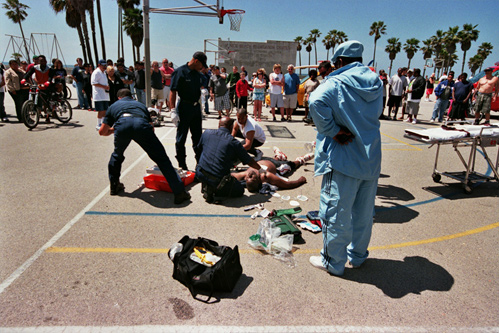
In Moments, you capture several traumatic scenes. How do you find these moments?
Just by chance. Years ago, I always had a camera with me wherever I went, so if something happened I was in a position to capture it. “Moments” can happen around us at any time, so you just have to be there with a camera and ready to take the picture.
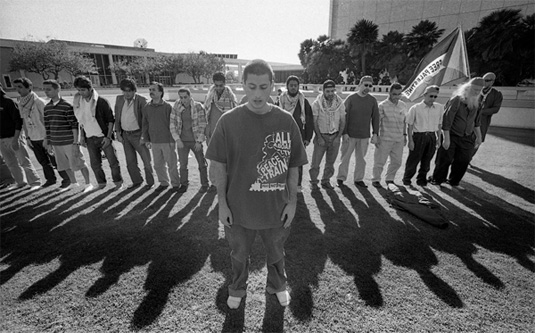
Your protests and rallies photographs are powerful. What draws you to these sites of conflict? What is your aim with them?
Thank you. I try to experience as much as possible, and Los Angeles has a lot of protests, so I photograph the ones that interest me. And obviously, I’m drawn to the protests that involve the most conflict. Conflict helps tell the story; it makes things interesting. When you’re at the event, conflict also makes everything much more exciting. Just look at history; all of the greatest stories involve conflict. It’s what draws people in and keeps their attention.
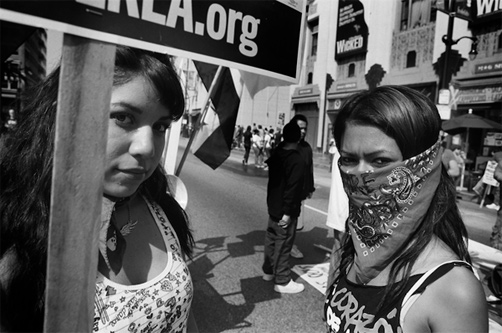
Besides all of that, when I photograph a rally or a protest, I’m also driven and influenced by the historical aspects of the event. The way the civil rights era was documented and preserved through photography is really motivating. I wish I grew up in the 60s. What Bruce Davidson captured during this time period is just fascinating to me, so I want to document events the way many photographers did decades ago. For instance, Occupy was arguably, in some sense, our civil rights movement, so I photographed that event for historical purposes. That’s the way I saw it, when I was there.
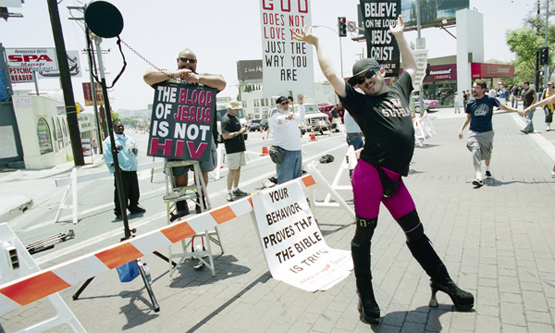
How do you keep yourself from provoking anger? I would imagine that in these tense situations it’s easy overstep your boundaries.
Well, the first day I ever shot street I was punched in the face. So over the years, I’ve learned anger is just a part of being a street/documentary photographer. People don’t like cameras; it’s just an odd, inexplicable phenomena. So anger, and sometimes, physical violence, is something I have to deal with. But provoking anger – it’s something that you can’t worry about. Otherwise, it will restrain your work. You’ll actually censor yourself because you’ll be more concerned about upsetting someone if you take the picture. Just take the picture, and respond appropriately to the situation you just created.
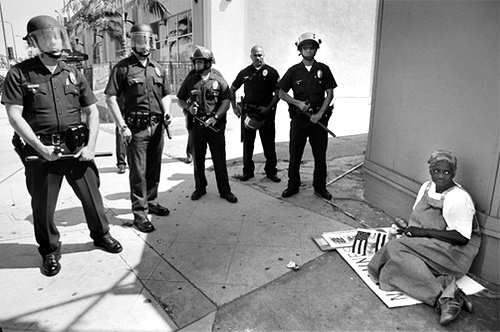
When it comes to documentary photography though, it’s important that I upset as few people as possible. All kinds of things can go wrong if you upset people you spend lots of time with and you don’t want that. The relationships that you form are based on respect and trust, and you don’t want to destroy it by letting your anger get the best of you. Especially, when it has taken you years to earn a person’s trust. You don’t wanna throw that away. So in situations like that, I try to diffuse the situation before it gets out of hand.
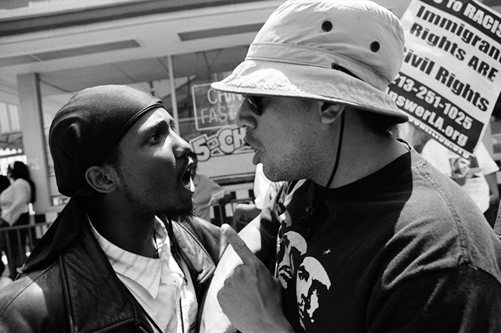
What practical, necessary advice would you give to other doc/street photographers about shooting in these tense situations?
You have to assess each situation differently and figure out what’s comfortable for you. You also have to figure out what’s the best option for keeping yourself safe. That’s the most important thing. Some people aren’t afraid of physical confrontation while others want to avoid it entirely. For me, I shoot very close all the time, and from experience I know what could happen, so projecting confidence and a strong demeanor seems to help curb some negative reactions. No matter what the situation though, if there’s ever any kind of weapon involved just get away because the situation will not improve for you.
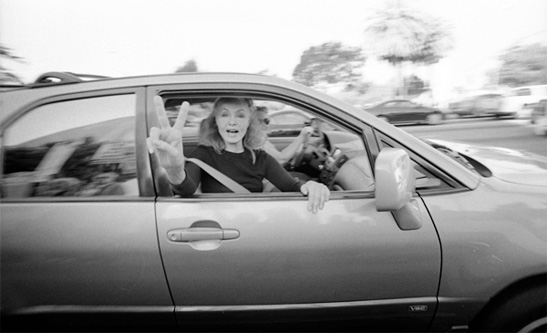
One of my favorites is the second-to-last in Palestine-Israel. It’s a perfect moment to use motion blur. How did this image come about from start to finish?
I was on the edge of sidewalk photographing in the other direction where all the protestors were standing; people were engaging the cars as they drove past the Federal Building. The car in the photo started honking and out of the corner of my eye I caught a glimpse of this beautiful older woman leaning out the window. It was all very quick and fluid, so just as the car was passing me, I whipped around at the very last second to take her picture. The woman saw what I was doing and she gave me the peace sign. It wasn’t planned. I wasn’t even trying to achieve a blurred shot, which I couldn’t produce if you asked me to. It’s just one of those lucky moments that eventually comes together after taking hundreds of photos.
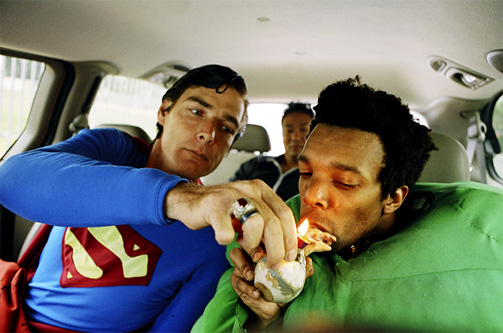
Being a doc/street photographer, you’ve probably been around much of Los Angeles. What is your strategy to exploring his large diverse city?
If you live in LA/ Hollywood, you just have to leave the house. Hollywood, which is where I’ve lived for 13 years, is a great place for photographers and you’re bound to fall into something that interests you. I walk around my neighborhood a lot, and I also ride my bike. Most of the time I have my camera out, and I can’t remember how many times I’ve ended up in some crazy situation because someone saw it hanging off my shoulder or sticking out of my bag. I described one of those incidents to Animal’s Marina Galperina in her series, I Should Have Shot That.
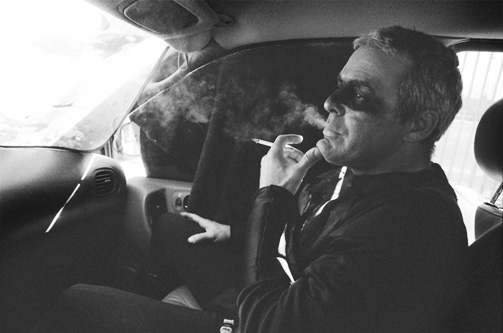
Have you encountered any epiphanies (perhaps coincidences?) in your walks through the streets?
Photography is a very cathartic process, so I’m sure I’ve had a couple of epiphanies while I’m out walking around or just sitting somewhere waiting for something to happen. My mind really starts to get away from me during these down moments. Most of my thoughts aren’t related to photography though. I tend to think about every day life stuff, family, and our dysfunctional society—especially LA. But I can’t really remember any specific epiphany or realization.
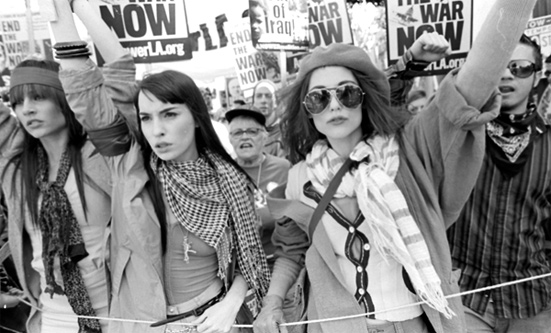
You’ve become a hero for street photographers. Could you state the reason(s) why you love street photography?
I don’t know what my life would be like today, if my aunt never gave me her camera. But I’m certain photography changed my life for the better. It opened up my city, and the world to me and I’m a much more informed person because of it. It’s also presented me with so many opportunities and experiences. I’ve met all kinds of interesting people and have done so many things that I never would’ve done if it weren’t for photography. There’s so many reasons why a person could love photography, but I love it because of the way it has transformed me during these past few years.
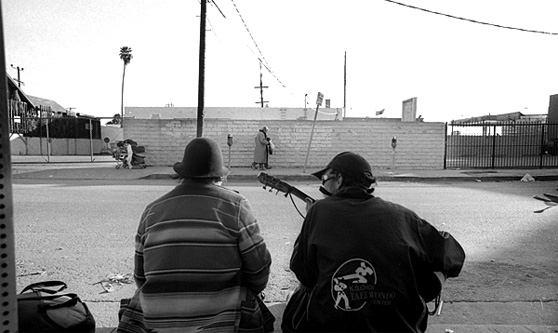
An earnest photographer Shawn Nee has been one of the most prominent personalities who has carved a niche for his photography. Shawn has got in trouble several times for his passion but that hasn’t stopped Shawn from persuing his endeavors. Let’s give Shawn a shout out!
Be sure to check out all of Shawn Nee’s work on his website!


